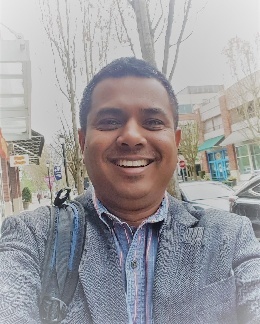...
- Setting high level architecture goals and coordinating overall project architecture and technical direction
- Selecting technology stack, software features and supported hardware including
- approving project or system proposals (including, but not limited to, incubation, deprecation, and changes to a sub-project’s scope);
- organizing sub-projects and removing sub-projects;
- Developing Project use cases;
- Defining and monitoring Project technical processes and interfaces with third party code and external projects including creating sub-committees or working groups to focus on cross-project technical issues and requirements;
- Overseeing the Infrastructure Working Group other TSC working groups;
- Appointing representatives to work with other open source or open standards communities;
- Establishing community norms, workflows, issuing releases, and security issue reporting policies;
- Approving and implementing policies and processes for contributing (to be published in the CONTRIBUTING file) and coordinating with other project committees to resolve matters or concerns that may arise as set forth in Section 7 of this Charter;
- Engaging in discussions, seeking consensus, and where necessary, voting on technical matters relating to the code base that affect multiple projects;
- Setting target dates for software development and testing;
- Coordinating any marketing, events, or communications regarding the Project with the Manager of LF Projects and the Marketing Advisory Council of the LF Networking Fund of The Linux Foundation (“LFN”);
- Establishing a vetting process for maintaining security and integrity of new and/or changed code base and documentation, including vetting for malicious code and spyware; and
- Establishing a security issue reporting policy and resolution procedure.
Template:
Name: <>
- Small photo
- Represented Group - <TC|CC>
- Short Biography
- Statement of Intent: <>
Nominations:
Name: Randy Bias
...
- Represented Group: Community Committee
- Short Biography: At SDN Essentials/Redapt, I support customers in both a pre and post sales capacity navigating all things networking. Our company's founder, Doug Marschke, currently serves on the Community Committee, so our organization is looking to continue our involvement with Tungsten Fabric. Having worked on production deployments of OpenContrail and having proxied for Doug Marschke on a handful of Tungsten Fabric governance meetings, I'm excited for the opportunity to work with this community to enable customers in their learning and adoption of Tungsten Fabric as a "go to" solution for controller based networking.
- Statement of Intent: I want to contribute time and effort to help customers see Tungsten Fabric as a "go-to" solution for controller based networking regardless of underlying infrastructure and orchestration platform.
Name: Abhi Thorat
Represented Group:
Technical Steering Committee
Short Biography:
I have over 15 years of network engineering experience designing, integrating and supporting complex WAN, Data-center and Cloud infrastructures with technology leaders like IBM, AT&T, Mercedes Benz, Cisco and Juniper. The most exciting four years, have been as a Juniper Contrail Engineer at AT&T supporting and validating the biggest Contrail commercial deployment in a pure SDN NFV environment.
As I became more aware of the growing need for software defined networking, I founded my own startup, Strategic Alliance Consulting, in 2017, to facilitate the adoption and advancement of Open Contrail as the preferred choice of SDN for the service provider industry. I led, managed and built a state-of-the-art Open Contrail and Openstack lab, which we used to help clients with a variety of functions like training, prototyping, validating, bench-marking and testing.
Today, at Redapt, I continue my efforts to evangelize TF out of the lab and into broad market deployment, where it will help service providers fearlessly migrate onto the cloud enabling them to monetize on the emerging markets such as IoT.
Statement of Intent:
I have lived through the tears and joys of being an early adopter of Contrail in the most complex use-case for a wireless service provider core. This experience has enlightened me about the capabilities and the shortcomings of TF, which are keeping it just one step away from being the first choice for SDN solution. I will encourage, support and facilitate the adoption of TF in the service provider industry as they venture into the hyper connectivity era of 5G and IoT deployments.
